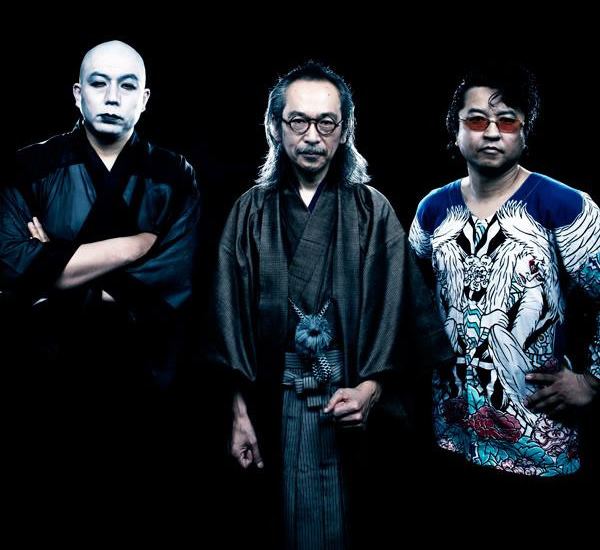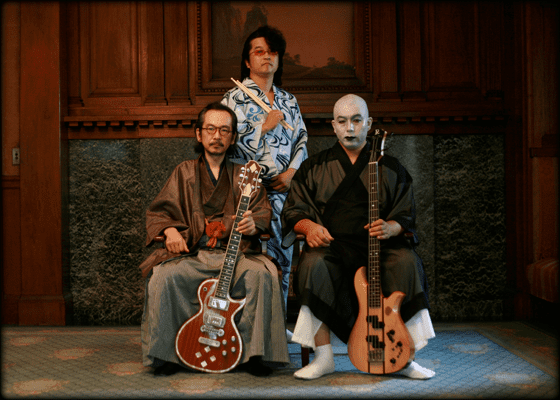Years active 1987–present Record label Tokuma Shoten | Website ningen-isu.com | |
 | ||
Past members Noriyoshi KamidateMasuhiro GotoIwao Tsuchiya Albums Kaidan Soshite Shi To Eros, Buraihoujou, Rashōmon Members Shinji Wajima, Ken-ichi Suzuki, Nobu Nakajima, Masuhiro Gotô, Noriyoshi Kamidate, Iwao Tsuchiya Similar Kinniku Shōjo Tai, Kaori Mizumori, Ikuzo Yoshi, Misaki Iwasa, Sonar Pocket Profiles | ||
Ningen isu live 2015 25th anniversary tour final
Ningen Isu (人間椅子 "Human Chair") is a Japanese heavy metal band. The name of the band is taken from the 1924 short story The Human Chair by Edogawa Rampo.
Contents
- Ningen isu live 2015 25th anniversary tour final
- Ningen isu odoru issunboushi live in tokyo 2014
- Influences
- Discography
- Songs
- References

The group was founded in 1987 as a hard-rock band and comprises Shinji Wajima (lead guitar and taishogoto), Ken-ichi Suzuki (bass guitar), Noriyoshi Kamidate (drums). Wajima and Suzuki used to go to the same high school, Hirosaki High School in Hirosaki, Aomori Prefecture. The first drummer, Noriyoshi Kamidate played until the 3rd album "Ougon no Yoake". Masuhiro Gotô joined the group Gerard as a support member of the 4th album "Rashomon". After that the 3rd drummer, Iwao Tsuchiya, joined the group. After Iwao left, Gotô joined as an official member in 1996. The latest drummer, Nobu Nakajima joined in 2004. All members share the vocals.

They often write about Japanese classical literature, for example, Osamu Dazai, Ryunosuke Akutagawa, Jun-ichiro Tanizaki, and so on. They often take up topics such as hell, Buddhism, the universe, and gambling. Wajima and Suzuki have a local accent called "Tsugaru dialect", which adds a unique atmosphere to their songs. They always wear Kimono and "Fundoshi" on stage; Wajima looks like an literary master of Meiji era, Suzuki paints his face white and looks like a Buddhist monk. He wears "Fundoshi", old Japanese underwear under the Kimono. While Nakajima wears Koikuchi shirt and sunglasses and looks like a Japanese gangster. In the band's early days, Suzuki often wore cloths like Nezumi-otoko, a rat man (a character of "Ge-Ge-Ge no Kitaro" by Shigeru Mizuki), which made them impressive.
Ningen Isu has seen a significant increase in popularity in recent years, and several of their releases have reached the top 50 in sales on the Oricon music charts since 2006.
Ningen isu odoru issunboushi live in tokyo 2014
Influences
Ningen Isu was strongly influenced by Black Sabbath. Other influences include Led Zeppelin, Kiss, Budgie, King Crimson, and similar artists.
Discography
Singles:
Albums:
Best-of Albums:
Live Albums:
DVD's:
Songs
Houichi JyunanKaidan Soshite Shi To Eros · 2016
Doro No AmeKaidan Soshite Shi To Eros · 2016
Akuma No TemariutaNingen Shikkaku · 2016
